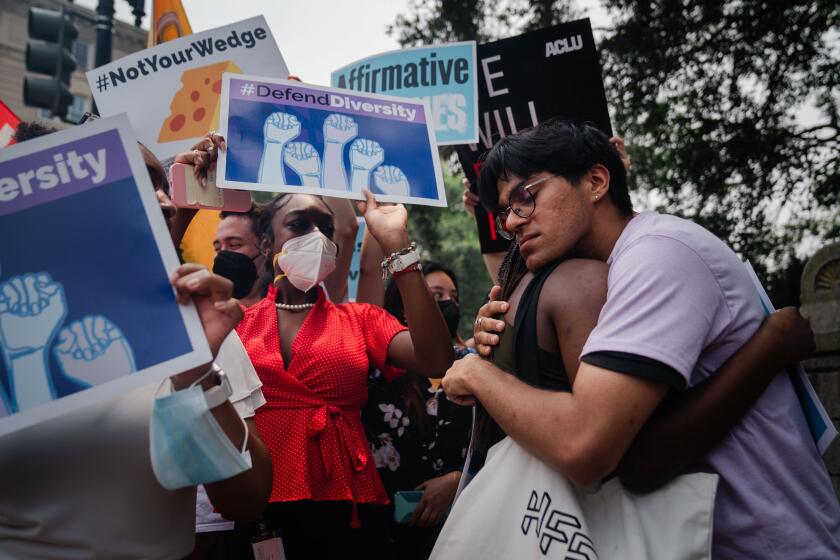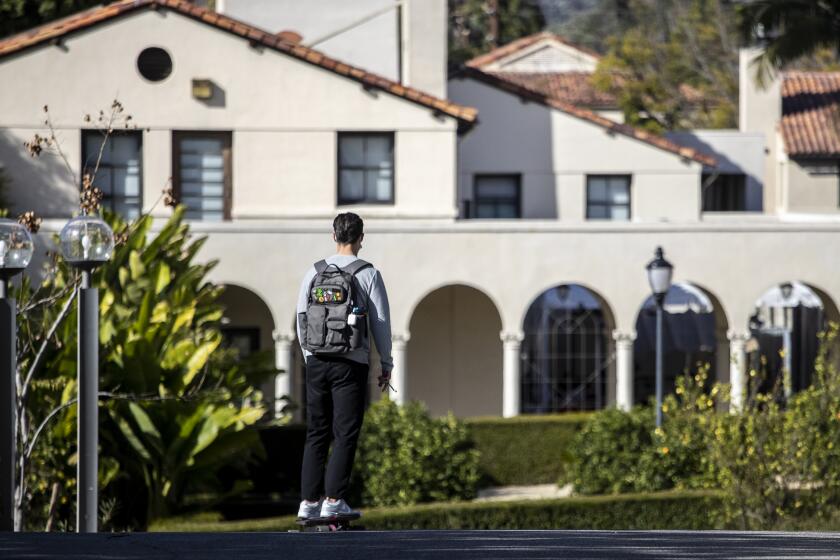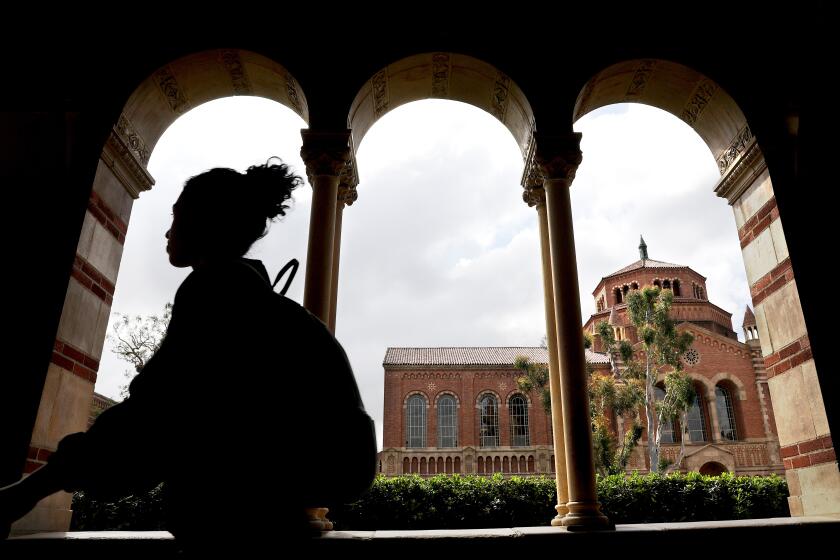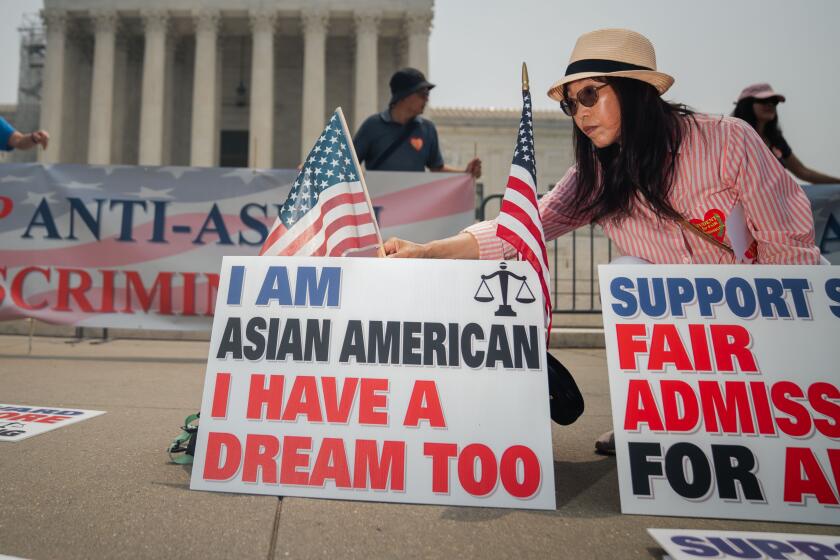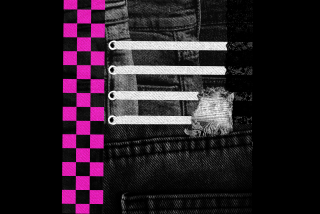High-stakes, high-stress college essay stirs more anxiety under affirmative action ban

Olivia Brandeis had a vision for her college application essay: She would write about covering a racist incident as a student journalist of color at Monte Vista High School in Danville, a majority-white city east of Oakland. But last weekâs U.S. Supreme Court ruling striking down race-based affirmative action has filled her with anxious questions about sharing her experiences as an Asian American.
Does her identity matter to colleges? Is her essay subject now a taboo topic? If she doesnât write about her experience, how will she present her authentic self? Who can she turn to for advice?
The college admission essay, a high-stakes pitch in which applicants have limited words to describe who they are and why campuses should admit them, just got even more stressful for students of color.
In another major reversal, the Supreme Court forbids the use of race as an admissions factor at colleges and universities.
As colleges and universities nationwide prepare to accept applications for fall 2024 admission, the high court ruling has raised myriad questions about the all-important essay â the blank space where students describe their passions and promise, hardships overcome, challenges met, life lessons learned. Admission officers rely on essays to get to know a student beyond grades and transcripts â and itâs become even more crucial at institutions that have eliminated consideration of standardized tests, as the University of California did in 2020.
But students of color like Olivia say they are conflicted and confused by the ruling â and how to interpret comments by Chief Justice John G. Roberts Jr., who wrote in the majority opinion that race could be discussed within some parameters.
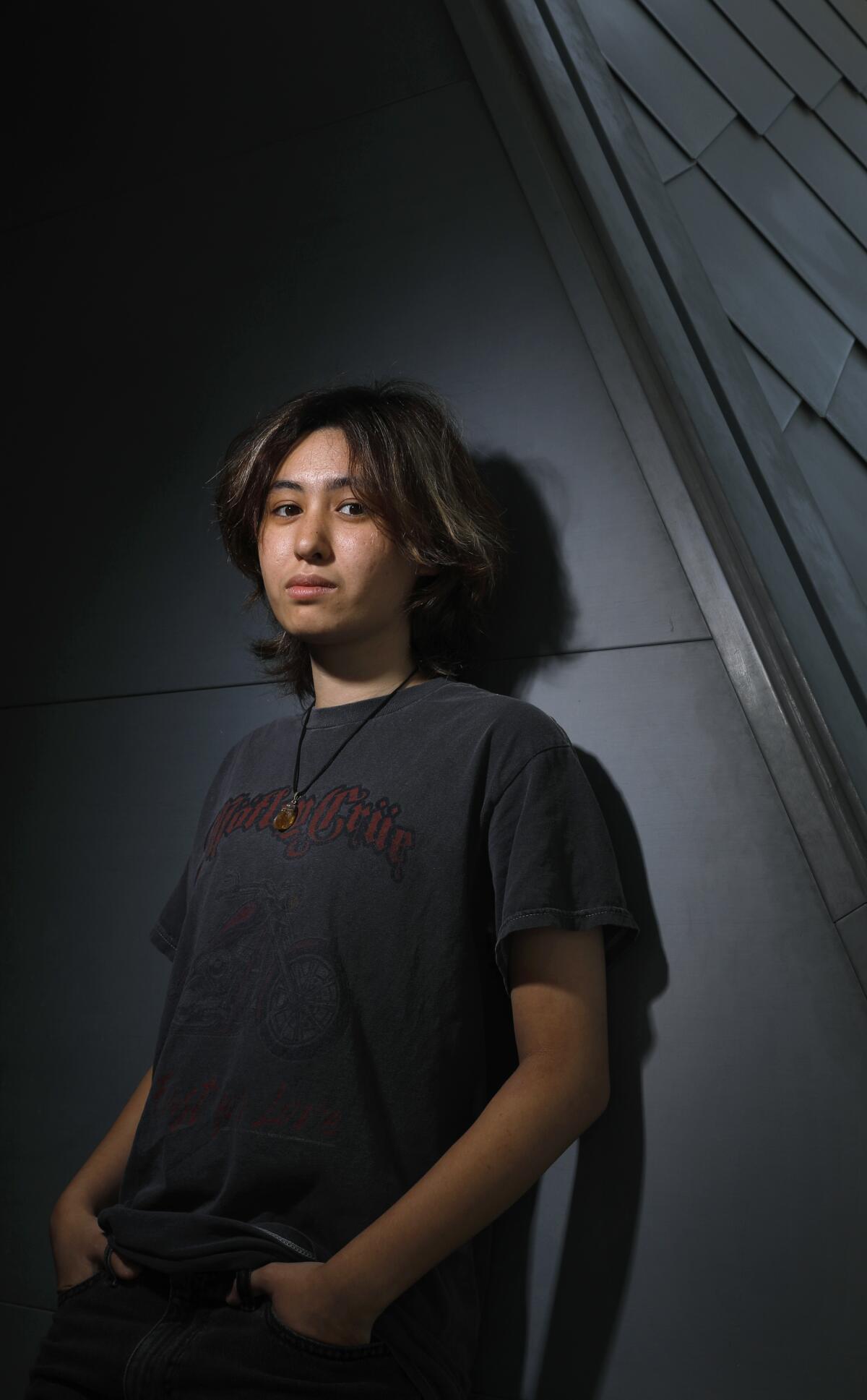
âNothing in this opinion should be construed as prohibiting universities from considering an applicantâs discussion of how race affected his or her life, be it through discrimination, inspiration, or otherwise,â Roberts wrote. But he said that colleges may consider race only if it is tied to an applicantâs individual experiences or qualities â such as demonstrating courage against discrimination.
Roberts warned that institutions should not use personal statements as a backdoor way to ask students about their race and admit them on that basis. âUniversities may not simply establish through application essays or other means the regime we hold unlawful today,â he wrote.
Even the experts are questioning how to advise students.
âI donât think that we quite know how we should proceed yet,â said Melanie Gottlieb, executive director of the American Assn. of Collegiate Registrars and Admission Officers. âI think that the college essay ... is a crucial tool for institutions to determine who to bring into their class, who is going to best contribute to the overall class and who is going to best benefit from the opportunities. And so I donât think itâs going to go away. But itâs going to be a question about how we proceed ⌠within the legal constraints â because theyâre not clear right now.â
The Supreme Courtâs ban on affirmative action has triggered angst on campuses about how to promote diversity without considering race in admissions decisions.
UC admission counselors have learned to walk that line since 1996, when California voters banned affirmative action in public education, contracting and hiring with the passage of Proposition 209. UC asks students to respond to four of eight âpersonal insightâ questions that aim to âshow us your personalityâ by writing about their creative side, talents and skills, thoughts on leadership, educational barriers overcome, a challenge faced or other topics.
âHighlight those extra qualitiesâ
UC Santa Barbara admissions director Lisa Przekop said students still write about their race and ethnicity. Although her team canât consider race, they can evaluate how students responded to important issues that affected their lives.
Many Black students wrote about the 2020 killing of George Floyd by a Minneapolis police officer, Przekop said. But she looked for how studentsâ pain and rage motivated actions â starting a school discussion group focused on racial discrimination, for instance. Asian students who wrote about giving up Saturdays for Chinese or Japanese school demonstrated sacrifice and commitment, she said. A Latina who described her lifelong involvement with Folklorico dance impressed Przekop by showing how she educated others about her culture.
Przekop advised students who plan to share their race or ethnic background to include context about what it means to them. Or if sharing a difficult experience â discrimination or bullying for instance â explain what action it prompted.
âThis happened, so then what?â Przekop said.
Debate leading up to the Supreme Courtâs decision has stirred up plenty of misconceptions. We break down the myths and explain the reality.
Morgan Blue, a counselor at Santee High School south of downtown Los Angeles, said she will emphasize that her students â virtually all of them low-income â showcase how theyâve made the most of their comparatively limited opportunities.
âI just want the schools to be able to see who our students are, and itâs sometimes not fair because theyâre put against applicants who have different opportunities than they have,â she said. âNow itâs even more important for our students to highlight those extra qualities.â
Students weigh what to do
As they continued to absorb the impact of the ruling, several students shared their thoughts about how it is affecting their thinking.
Sarah Yee said she will not change her topic because of the affirmative action ban. Her race is intrinsically tied to her interests and the career she would like to pursue. She will describe her experiences in healthcare journalism, her poetry about Asian American and Pacific Islander youth suicides, and how her interest in the healthcare field stemmed from Asian American role models such as Dr. Sanjay Gupta and Dr. Atul Gawande.
âIâm proud to be Asian American. Thatâs never something that I want to hide,â said Sarah, a rising senior at Granite Bay High School near Sacramento.
âItâs important that regardless of what college I go to, they accept me for who I am and my racial background and what Iâm interested in,â she said. âSo [writing about being Asian American] was never really a question for me.â
Brielle âYuukiâ Lubin, a rising senior at a Los Angeles private school, wasnât planning to mention his Jewish and Japanese heritage â and now is confused over whether he should.
If he doesnât talk about being Asian, will admissions officers look at his last name and assume he is French? Are they going to expect more complex personal statements now? Can he express who he is in totality â an Asian, Jewish, transgender man â or will it be too much?
Some Asian Americans believe college officials will find ways to get around the ban and ensure they admit enough underrepresented students, including Black Americans and Latinos.
Brielle had planned to discuss how movies helped him discover his own definition of masculinity. His essay explains how, as a child, he saw himself in certain male characters in movies such as âThe Boxtrollsâ and âKubo and the Two Strings.â After his middle school years, where he struggled to accept his LGBTQ+ identity, it was movies that saved him again. Indie movies he watched in high school that featured gay male characters âmade me realize being trans is OK. ... I can just be who I am and still be a man,â he said.
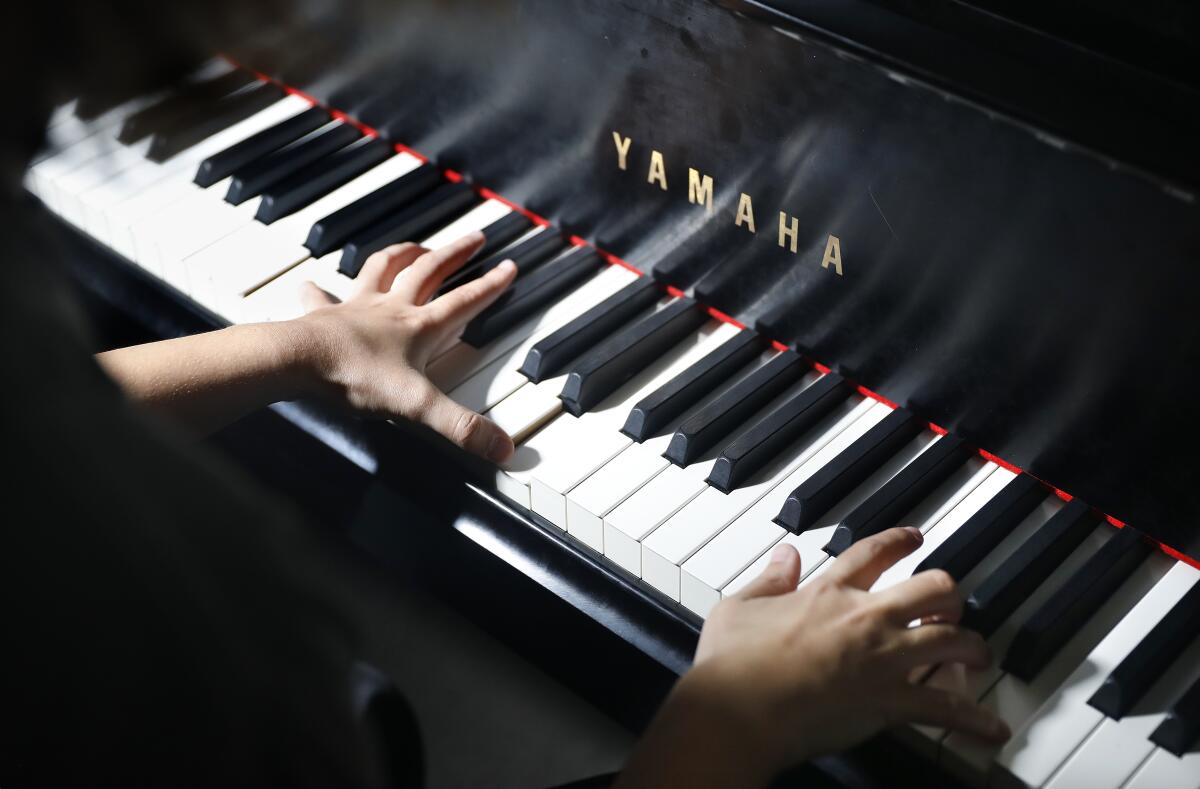
His essay concludes with a discussion about how his experiences as an aspiring filmmaker have motivated him to bring more transgender characters to the screen. As he waits for new guidance from counselors, Brielle plans to keep the essay as is.
Brielleâs classmate, Nathalie Leung, had been nervous that her Chinese background could be held against her in admissions decisions but the ruling has made her feel âmore confidentâ that she can write about how her heritage has shaped her values and thinking.
Olivia, of Danville, was confused by Robertsâ opinion â banning the consideration of race, yet not prohibiting students to write about it. Now the rising junior is uncertain about her topic. She was going to explain how she covered high school racism for her school paper â students shouting a racial slur at a rivalâs basketball game, a swastika found in the school gymnasium â as a mixed-race journalist who is Indian and white.
She thought it would give her an edge at USC, Pomona, Georgetown and other colleges sheâs targeting.
âNow that whole idea is kind of in jeopardy,â she said. âWill it make admissions officers less willing to admit me?â
Advice by college students of color
Simya Smith, who graduated from Dorsey High School in June and will attend Stanford in the fall, said she wrote about the loss of her father when she was 9 years old, her ensuing depression and her realization that she needed to reembrace life and pursue opportunities, something that her father would have wanted for her.
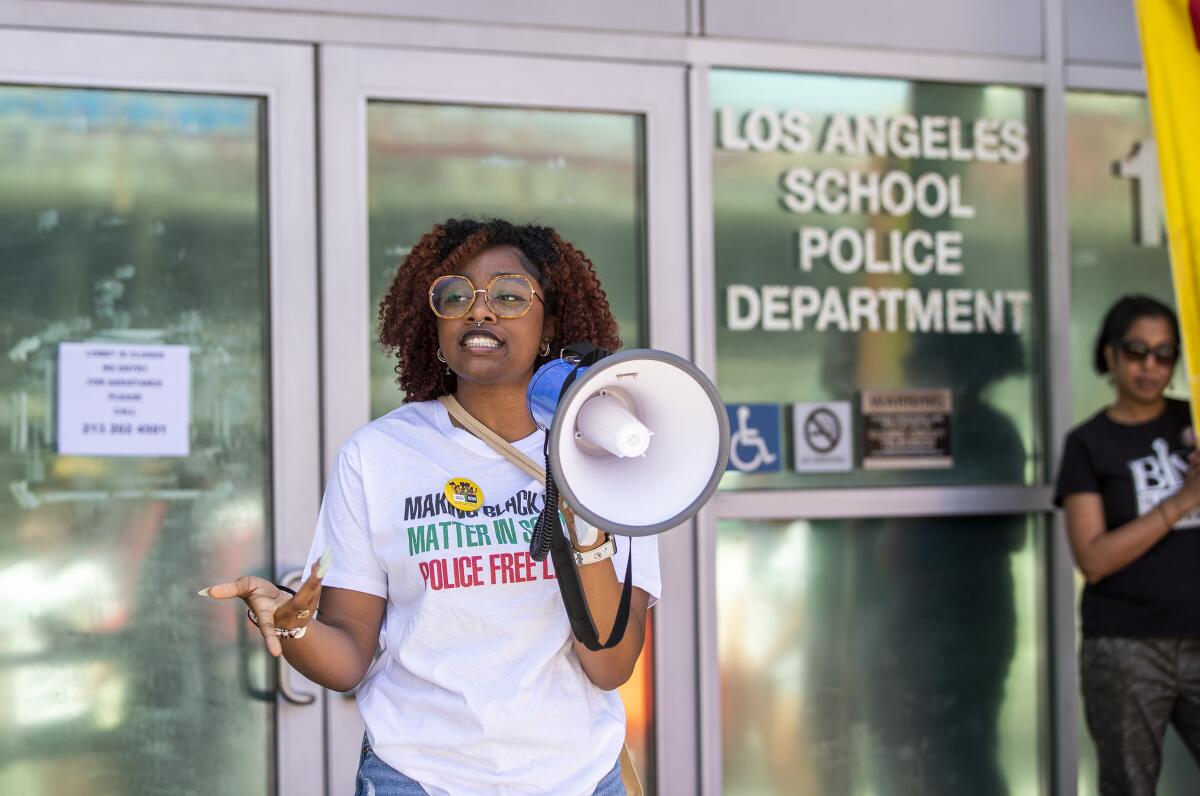
âI found this love for education because something that really helps with depression is being able to find hobbies or things that bring you joy,â she said. She also got involved in promoting restorative justice and other social justice activities.
Even under the new legal landscape, âmy personal statement would have stayed the same, just because, personally, itâs the most significant event in my life, and that really is what shaped me.â
Her advice to rising seniors?
âIf there is an event that is super significant in their life, but it doesnât necessarily [home] in on their racial experiences, I think that they should still talk about that. Because your story is your story. And everyoneâs is very different.â
Nani Ozelotzin-Hernandez spotlighted in her essays the struggle of being an Indigenous woman often deprived of resources or opportunities of more privileged students. She applied to 12 schools â she was accepted to about half of them â and decided to attend the nursing program at Seattle University.
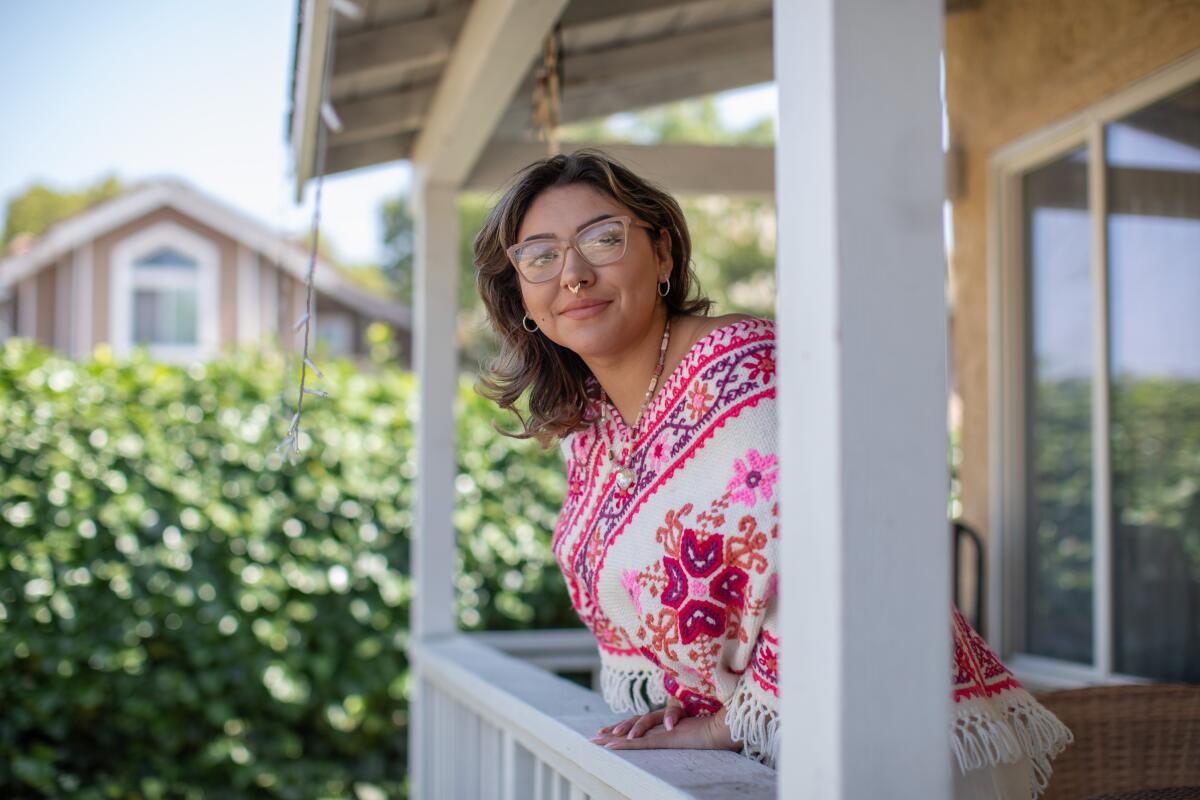
Nani said that her small public charter school â Anahuacalmecac International University Preparatory of North America, located in El Sereno â had a graduating class of about 13 and provided family-like emotional and cultural support. But the school did not have the resources to offer broad higher-level coursework or deep and consistent guidance with the college-application process. She alluded to this situation in her essays.
âI just struggled a lot finding classes that would challenge me,â Nani said. âFor me and my peers, when we were writing the essay, we really tried to spotlight how we overcame not having enough resources.â
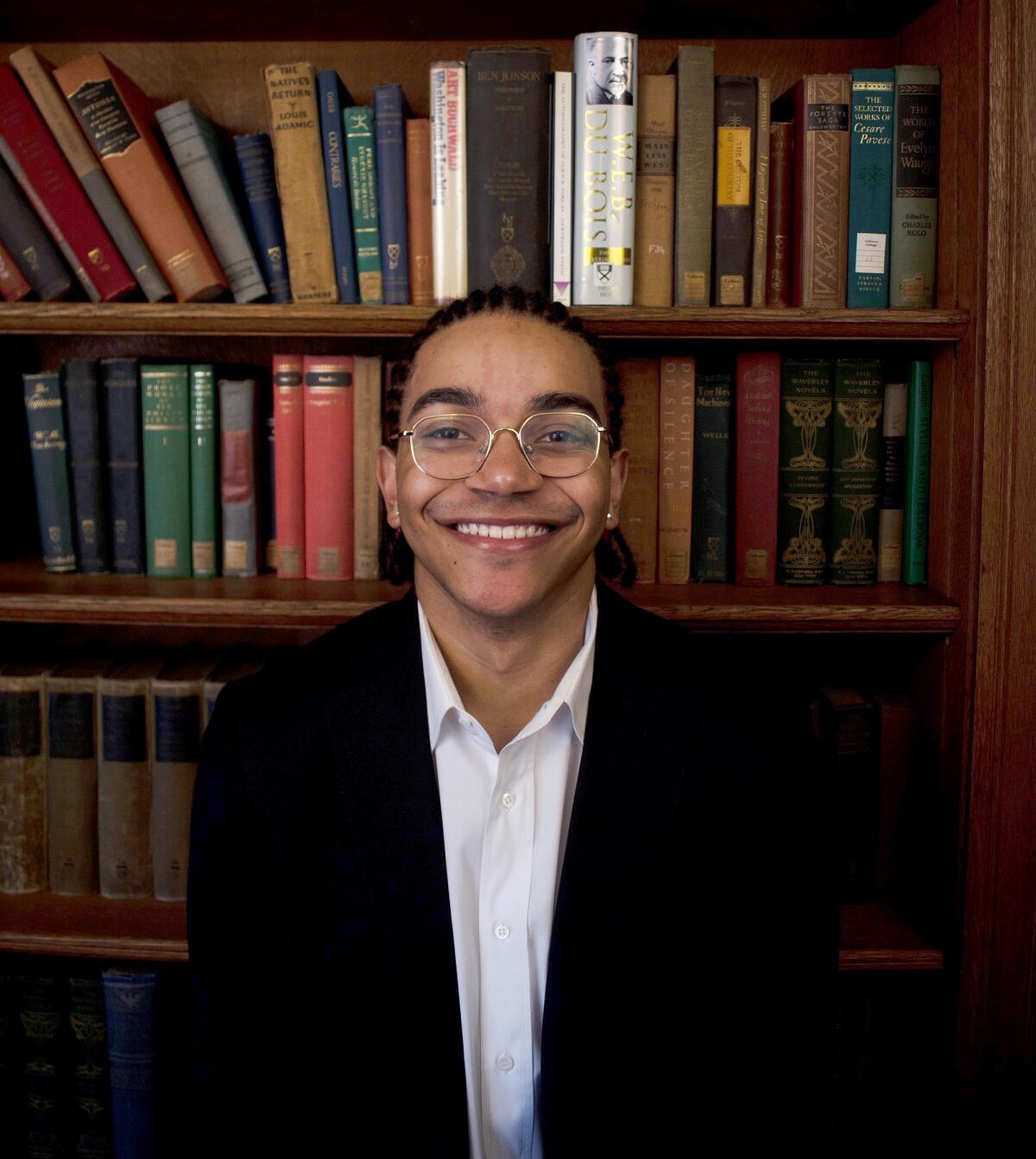
Quincy Diallo, a rising junior at Yale studying English and African American studies, wrote his personal statement about experiencing medical discrimination as a Black man.
After an accident in gym class left Diallo with a concussion, he entered his freshman year at Campbell Hall, a private school in Studio City, unable to concentrate. His grades slipped for months as he struggled to keep up with schoolwork.
Diallo experienced concussion symptoms. Nurses and doctors thought he was exaggerating when he insisted something was wrong. Teachers and administrators mistook his inability to focus in class as him being distracted. As people refused to take his concerns seriously, he wrote, his interest in becoming a doctor grew and cemented a commitment to a future combating medical discrimination.
âThe crux of the essay was that people writing me off actually helped me become more self-assured, standing on what I believe in,â he said. âHow I took that negative and turned it into a positive.â
Diallo aimed for universities such as Yale, Duke and Princeton and wanted to âgive them exactly who I am on a piece of paper and theyâll take it or leave it.â
He would still write the same essay today. Being barred from doing so, he said, would have prevented him from sharing his full complexity.
âIt wouldâve stripped a lot of my humanity out of my writing,â he said. âIt breaks my heart for kids who are going to be dealing with that.â
More to Read
Sign up for Essential California
The most important California stories and recommendations in your inbox every morning.
You may occasionally receive promotional content from the Los Angeles Times.
